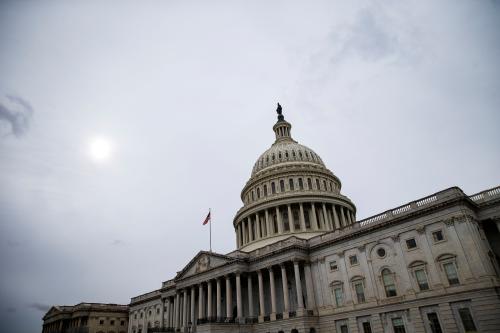We know that to achieve success in most social policy areas, such as homelessness, school graduation, stable housing, happier aging, or better community health, we need a high degree of cross-sector and cross-program collaboration and budgeting. But that is perceived as being lacking in government at all levels, due to siloed agencies and programs, and a lack of flexibility in budgeting.
In “Budgeting to promote social objectives – A primer on braiding and blending”, Stuart Butler, Marcela Cabello and Timothy Higashi describe examples of the many ways government at different levels actually does permit the “braiding” and “blending” of public funds to pursue broad objectives, such as better children’s health or improved housing. The authors review dozens of examples and techniques used to promote collaborative budgeting, such as intermediary bodies to foster agency cooperation, providing better information on budget flexibility to subsidiary governments, the use of waivers, and improved data sharing.
However, the authors conclude In their report that much more could and should be done by government at all levels to encourage greater agency and budgetary collaboration, including:
- At the federal level, the Office of Management and Budget should do more to promote cross-agency collaboration, and the executive branch should create special bodies to facilitate interagency cooperation.
- Using existing program waivers, and by providing statutory authority for more programs to include waivers, the federal government should give more opportunity and encouragement for state and local governments to braid and blend funds.
- States should use the model of Children’s Cabinets, Local Management Boards (Maryland), and the Children’s Services Act (Virginia) to expand opportunities for agencies to combine funds and plan jointly. States should also foster greater budget collaboration at the local level by making creative use of federal waivers and by assisting with such steps as data use agreements.
The Brookings Institution is committed to quality, independence, and impact.
We are supported by a diverse array of funders. In line with our values and policies, each Brookings publication represents the sole views of its author(s).









